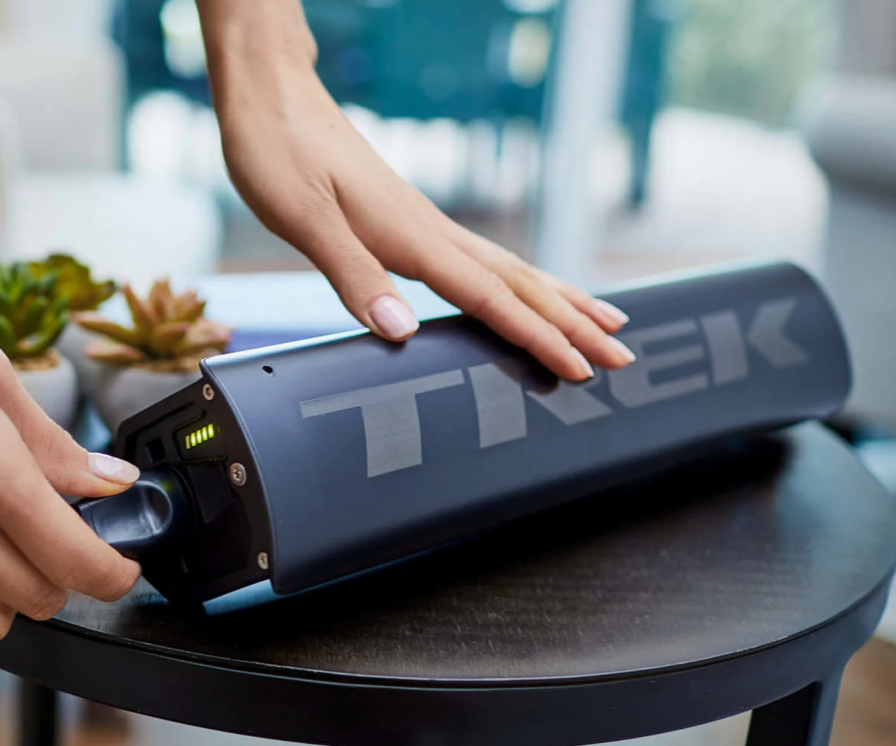If you’ve read my blog posts before, you know how much I love e-bikes. They are magical, especially for us here on the Northern Beaches. They iron out the hills and make cycling an option for everyone!
But lately, I’ve heard people are overwhelmed by all the e-bike jargon floating around out there.
So, if you’re a little confused about how an e-bike works, don’t worry. I’m here to explain it all and demystify e-bikes for you.

Frame
E-bike frames are very similar to those in traditional bikes.
However, since this is where most e-bikes house their battery and motor, they often look a bit thicker than your regular frame.
Motor
The motor is the heart of your e-bike! Motors vary in power, weight and efficiency but there are 2 main types:
- Mid-drive motors – These offer better balance and are ideal for hilly terrains.
- Hub-drive motors – These are often quieter and more affordable.


Battery
Just as petrol fuels your car, the battery in your e-bike powers your motor.
The battery capacity, measured in watt-hours (Wh), indicates how much energy it can store, which affects how long you can ride before needing a recharge.
Controller
This is the device that lets you interact with the electric system of your e-bike.
From the controller, you can adjust the electric assist up or down, and in some cases, even turn it off, making your e-bike behave like a regular bike.


Display
The display typically shows how much battery life remains and the level of assistance you’ve selected.
Some displays even have extra features, like a speedometer, ride metrics, activity tracking and route mapping.
E-bike jargon, explained!
1. Torque
Think of torque as the muscle of your e-bike. While it might seem like bigger is better, it’s all about balance. High-torque e-bikes are your hill-climbing champions, but for a smoother, more natural ride, you might prefer something with a bit less oomph.
2. Power
Power is what keeps your e-bike’s motor humming. It’s measured in watts (W), and to keep things on the safe side, e-bike motors are capped at 250W to stay in the bicycle category.
3. Charge Cycles
Every battery has a lifespan, measured in charge cycles. Think of it as the number of “full battery lives”. Most e-bike batteries can recharge 800-1,000 times, which means over 16,000km of rides!
Like with most batteries, to maximise battery lifespan, avoid completely draining it where possible. It’s good practice to recharge at around 20%.
4. Range
Range is all about how far your e-bike can take you on a single charge. Many factors play a role here, from the type of terrain to your riding style. Some e-bikes even give you real-time range updates, making it really easy to manage your range.
5. Pedal assist
Pedal assist means exactly that. There is no throttle! They assist you to pedal by helping turn the back wheel (hub motor) or crank arms (mid motor). This keeps the bike feeling like a regular bicycle, only much easier to ride.
Under Australian road regulations, pedal assist will help you up to 25km/hr. You can of course go faster on your bike and the assistance will automatically re-engage when you drop below 25km/hr. It’s like having an invisible friend pushing you along.
I hope this helped demystify the world of e-bikes.
Come instore this week to try one for yourself!






